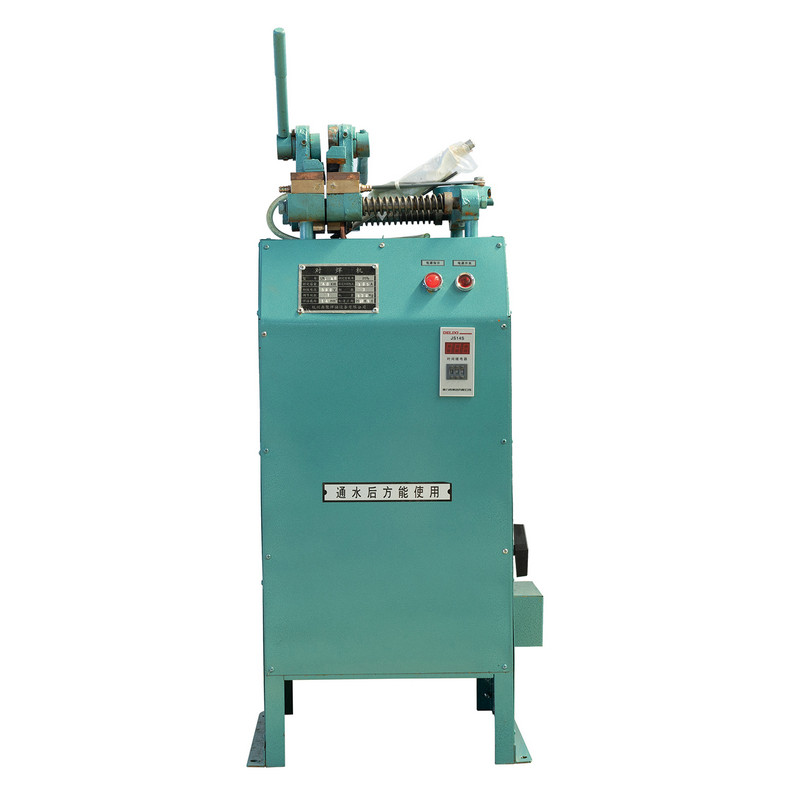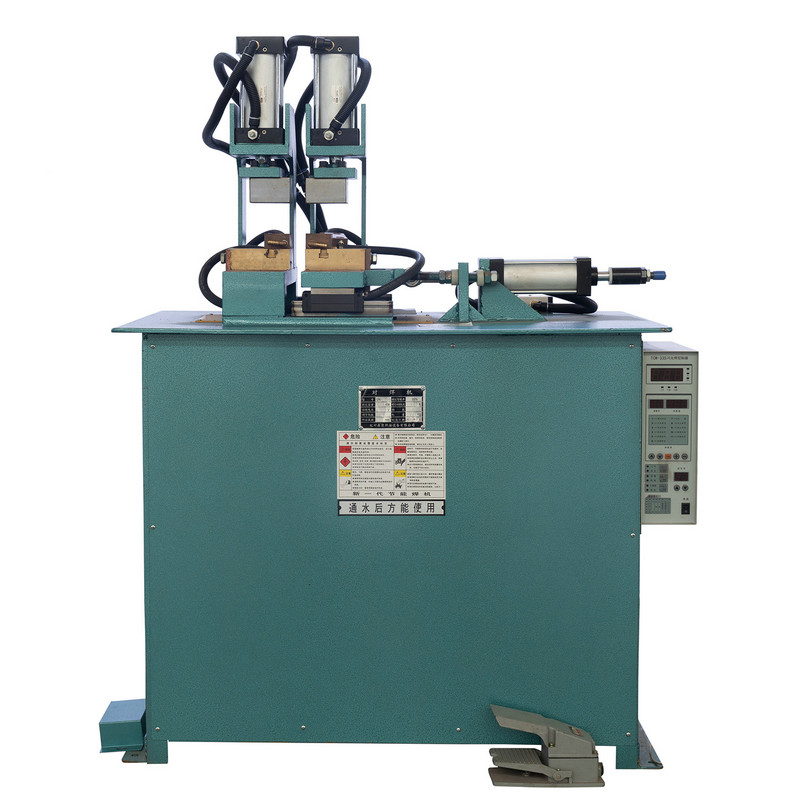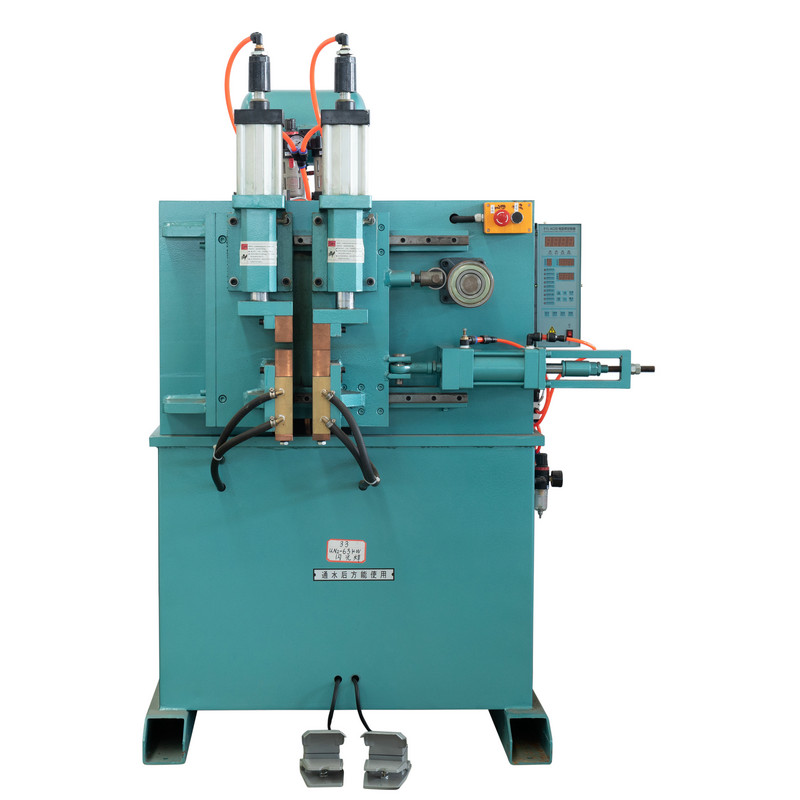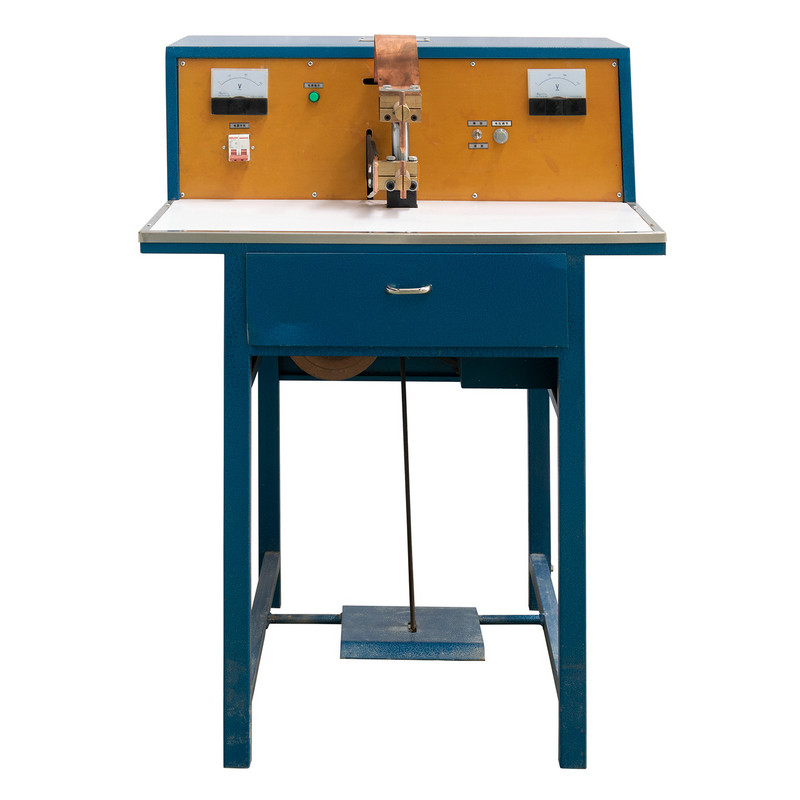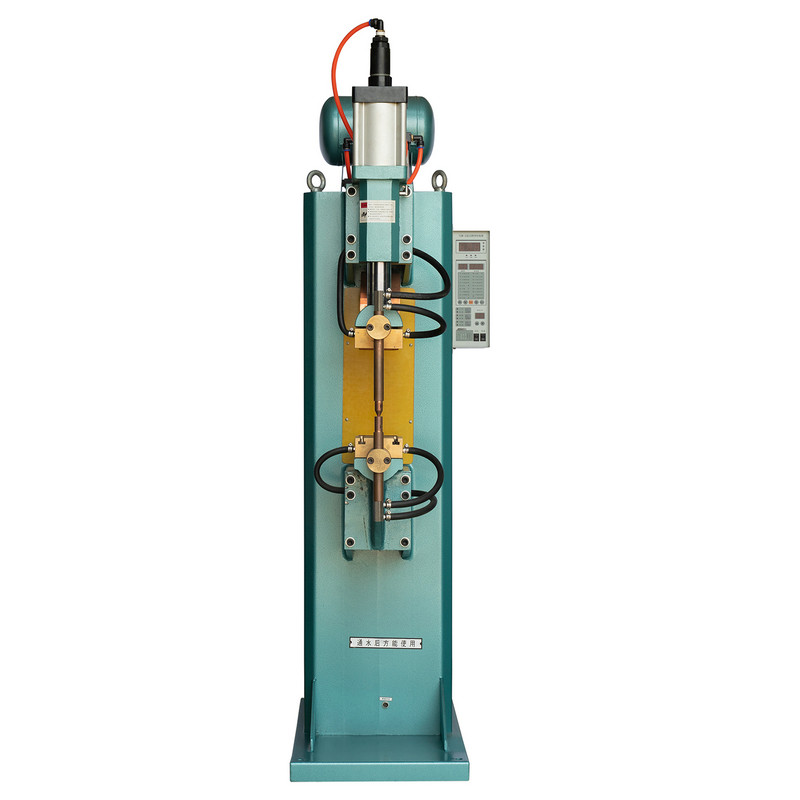The DM desktop pedal spot welding machine is a versatile and efficient tool widely used in small-scale manufacturing, electronics assembly, and repair work. Proper maintenance is crucial to ensure its longevity, performance, and safety. Neglecting routine upkeep can lead to decreased efficiency, frequent breakdowns, and even potential hazards.
Understanding the Key Components of the DM Desktop Pedal Spot Welding Machine
Before diving into maintenance procedures, it is essential to understand the primary components of the DM desktop pedal spot welding machine. The machine consists of a pedal-operated control mechanism, welding electrodes, a transformer, cooling systems (if applicable), and electrical wiring. Each part plays a critical role in the machine’s operation, and regular inspection ensures that they function optimally.
Daily Maintenance Practices
Daily maintenance is the first line of defense against premature wear and tear. After each use, operators should inspect the welding electrodes for signs of oxidation, pitting, or deformation. Dirty or damaged electrodes can lead to poor weld quality and increased resistance. A simple cleaning with a fine-grit sandpaper or emery cloth can restore their surface. Additionally, the pedal mechanism should be checked for smooth operation, as sticking or stiffness may indicate debris accumulation or mechanical wear.
The workbench and surrounding area should be kept free of metal shavings, dust, and moisture, as these can interfere with the machine’s electrical components. A quick wipe-down with a dry cloth helps prevent contamination. If the machine has a cooling fan, ensure that its vents are unobstructed to avoid overheating.
Weekly and Monthly Maintenance Routines
While daily checks focus on immediate usability, weekly and monthly maintenance ensures deeper system health. The electrical connections should be inspected for loose wires, fraying, or corrosion. Poor connections can lead to inconsistent power delivery, affecting weld quality and posing safety risks. Tightening terminal screws and applying anti-oxidation spray (where necessary) can prevent such issues.
Lubrication is another critical aspect. The pedal linkage and moving parts should be lubricated with a light machine oil to reduce friction and prevent mechanical failure. However, excessive lubrication should be avoided, as it can attract dust and cause clogging.
For machines with a transformer, checking for unusual noises or excessive heat is essential. Overheating may indicate overloading or insufficient cooling. If the machine has replaceable cooling fluid (in liquid-cooled models), it should be inspected for contamination and replaced according to the manufacturer’s guidelines.
Electrode Maintenance and Replacement
The electrodes are among the most frequently worn parts in the DM desktop pedal spot welding machine. Over time, repeated high-current discharges cause erosion, leading to inconsistent welds. Regular dressing (reshaping) of the electrodes ensures proper contact with the workpiece. When electrodes become too worn, they should be replaced to maintain weld quality.
Using the correct electrode material is also crucial. Copper alloys are common due to their conductivity, but different applications may require specific compositions. Always refer to the machine’s specifications before purchasing replacements.
Electrical Safety and System Checks
Electrical safety cannot be overstated when maintaining the DM desktop pedal spot welding machine. The power supply should be disconnected before performing any internal inspections. Grounding integrity must be verified periodically to prevent electrical shocks. A multimeter can be used to check for abnormal resistance or short circuits in the wiring.
The foot pedal switch, a critical control component, should be tested for responsiveness. Delayed or erratic pedal response may indicate internal contact wear, requiring adjustment or replacement.
Troubleshooting Common Issues
Even with proper maintenance, occasional issues may arise. Below is a table summarizing common problems and their potential solutions:
| Issue |
Possible Cause |
Solution |
| Weak or inconsistent welds |
Worn electrodes, loose connections |
Replace electrodes, tighten terminals |
| Pedal sticking or unresponsive |
Debris in mechanism, worn springs |
Clean and lubricate, replace springs if needed |
| Overheating transformer |
Overuse, poor ventilation |
Allow cooling, check fan operation |
| Electrical buzzing or sparking |
Faulty wiring, poor grounding |
Inspect and repair wiring, ensure proper ground |
Long-Term Storage Considerations
If the DM desktop pedal spot welding machine will be unused for an extended period, proper storage is necessary to prevent deterioration. The electrodes should be removed and stored in a dry environment to avoid oxidation. The internal components should be lightly oiled to prevent rust, and the machine should be covered to keep dust out. Before returning to service, a full inspection should be conducted to ensure no degradation has occurred.
Regular and systematic maintenance is the key to extending the lifespan of the DM desktop pedal spot welding machine. By following daily, weekly, and monthly checklists, operators can prevent common failures, ensure consistent performance, and enhance workplace safety. Proper electrode care, electrical inspections, and lubrication routines all contribute to the machine’s reliability. With these practices in place, the DM desktop pedal spot welding machine can remain a dependable tool for years to come.



